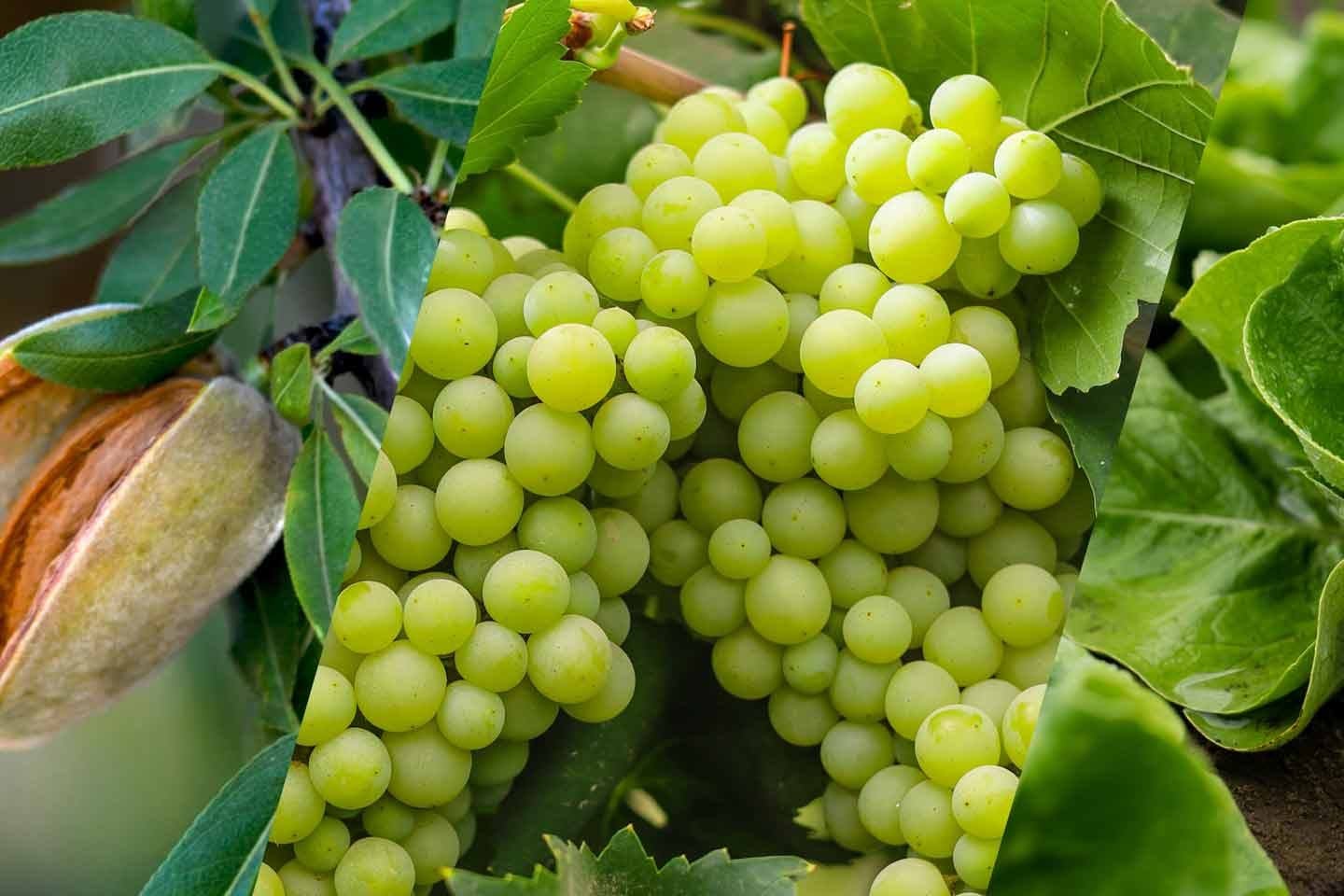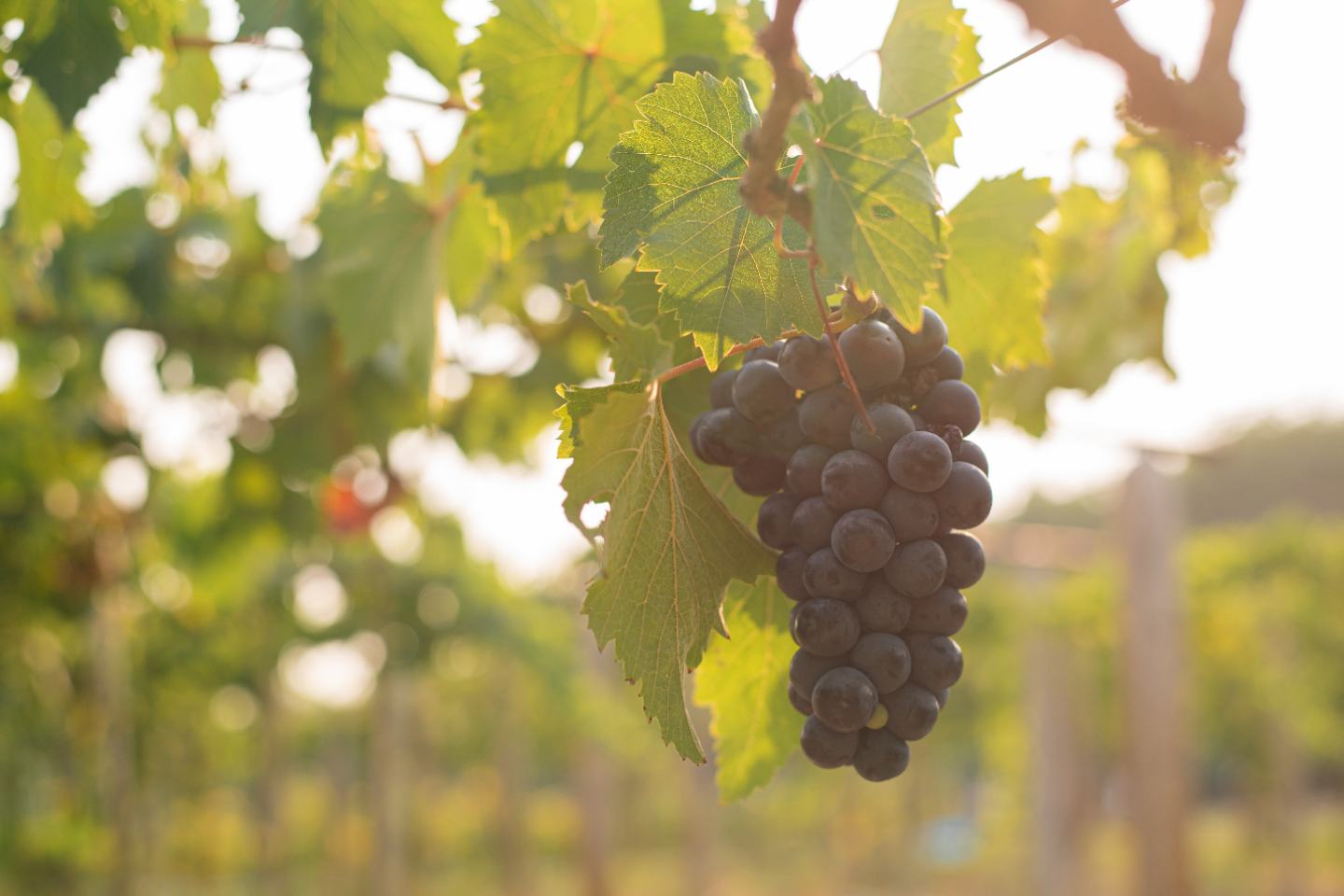this is the next installment in a series
View additional articles now:
Grapevine Trunk Diseases Rob Vineyards of Their Most Productive Years
Novel Management Tactic Delivers Inside-Out Protection for Grapevine Trunk Diseases
Grapevine Trunk Disease (GTD) continues to make its presence known in California vineyards. With more than 80% of the state’s vineyards impacted by GTD, the effects and level of damage can vary significantly from vineyard to vineyard.
For GTD, necessary annual activity like pruning wounds are the gateway into the grapevine for the pathogens that cause the disease, according to Dr. Akif Eskalen, University of California Cooperative Extension plant pathologist.
“Recent studies showed that some of the pathogens of GTD could be endophytic (present) in healthy grapevine. When the plant’s health is okay, these stay dormant. But when the plant comes under distress due to drought or too much heat, those fungi — or in some cases, good fungi — can turn into a pathogen. Growers need to protect the plant while it’s in good condition, so the good guys don’t turn into bad guys,” Eskalen says.
EXAMINING THE DIFFERENT SCENARIOS
The likelihood of GTD emerging is heavily weighted against the vineyard’s situation. There are three potential scenarios California vineyards face when it comes to GTD: no disease presence, established GTD and severe GTD pressure. These three statuses are a progression and make preparing for the disease more of a “when” than an “if” question.
- Young vineyard — no disease present
When a vineyard is young and becoming established, this is the stage when growers need to proactively start laying the groundwork for the prospective of GTD. To Eskalen, taking preventative steps against the potential of GTD is nearly 90% of what’s needed to mitigate the disease from becoming a force to reckon with down the road. Actions can include protecting pruning wounds with biological and chemical pruning wound protectants.
Another strategy to preventatively protect a vineyard in this situation is a fungicide program approach. Issa Qandah, FMC technical service manager in California, says a strategy like this requires the marriage of two different fungicide treatments, including Rhyme® fungicide applied through drip irrigation. “With the pruning wound, you’re only protecting the outside and that’s important. But in a vineyard that has the potential for GTD, pruning wound protection won’t help stop the disease in the trunk or canes. A systemic fungicide like Rhyme fungicide is needed that can translocate into the xylem and reduce the disease infection rate from within. Ideally, this happens during full root growth when the plant is still active and absorbing nutrients.”
- Established vineyard — moderate GTD pressure
As a grapevine matures and reaches the 10- to 15-year age range, the plant begins to become more susceptible to disease. In many cases, GTD has crept into the vineyard and its vines, infecting and making itself at home in the host plant. To manage the moderate level of disease pressure, frequency and timing of fungicide applications becomes a critical strategy to mitigate the effects.
“For an established vineyard with GTD present, we’re recommending a minimum of three fungicide treatments. One during spring root flush; the second prior to or during veraison; and a third, an important one at that, to keep the fungicide in the xylem to deliver protection during pruning time after harvest and the full root growth when the vine is still active and absorbing water and nutrients,” Qandah states. “This would ensure Rhyme fungicide not only gets absorbed by the plant but is translocated into the plant to the parts that matter most: the trunk, cordon and cane.”
- Established vineyard — extreme, severe GTD pressure
When facing extreme GTD pressure, the ability to reverse the effects of the disease are very challenging, but not impossible. Cultural and chemical control options remain on the table. In most cases, the level of activity in the vineyard and caliber of handling the vine will need to be enhanced.
From a cultural perspective, assessing where the disease has progressed in the vine is the first step. Then, depending on where it is, remedial “surgery” may be required.
“First, check the spurs in the cordon. If a pathogen is detected, remove the infected spur, and you’ll be able to protect the cordon. If it’s identified in the cordon, remove it in order to protect the trunk,” Eskalen instructs. “If GTD has spread to the trunk, the odds of saving the vine are very low. The only chance is if the canker hasn’t reached the graft union, which would then require remedial surgery that allows the rootstalk to flourish. It’s important to note that this is a very aggressive control method and can be risky for the plant.”
Through Qandah’s lens, there’s another management option to consider in this scenario. This strategy builds on the plan laid out for growers facing a more moderate bout with GTD. What’s required is an additional fungicide application added to the formula.
“Now, in severely affected blocks where the GTD complex is present, we recommend adding a fourth fungicide application to the management strategy,” Qandah directs. “It is intended to not only suppress the development of the pathogen but to protect any healthy xylem tissue in the vine. This application should be implemented in the spring, 14 days after the initial root flush fungicide application has been made.”

THE KEYS TO MANAGEMENT
Rhyme® fungicide is the only fungicide labeled for application through drip irrigation to control two of the costliest diseases of grapes: powdery mildew and GTD. Newer data from the University of California has shown the consistent performance of Rhyme fungicide via drip on a broad spectrum of GTD pathogens that progressively ravage the productivity of vineyards. It’s not uncommon for GTD to cause a 20% yield loss in 10-year-old vineyards and 70% loss by year 15.
When applied via drip, flutriafol, the active ingredient in Rhyme fungicide, is taken up by the roots and moves upward through the plant’s xylem to protect the trunk, cordons, canes, leaves and new growth. The capability to move from the soil upward through the plant to provide both internal and foliar disease control throughout the growing season is unique to flutriafol due to its high mobility and persistence.
In 2020, FMC took tissue samples from vineyards in Lodi, Sonoma, St. Helena, Woodland and Napa that had received one, two or three drip applications of Rhyme fungicide in order to measure the persistence of its active ingredient in the wood. Samples were taken one to two weeks prior to pruning from the cordons and canes of 1- to 3-year-old wood and were tested by Golden Pacific Lab in Fresno. In all locations and regardless of the number of applications, flutriafol was detected in the xylem tissue just before pruning, months after the last drip application. See figure below.
FLUTRIAFOL DETECTION IN GRAPEVINE WOOD 1-2 WEEKS PRIOR TO PRUNING
Rhyme fungicide, when applied via drip, regardless of the number of applications, persisted in the plant xylem two to three months after the last application.

This Rhyme fungicide recommendation is made as permitted under FIFRA Section 2(ee) for the management of wood disease complex on grapes in California. This recommendation has not been submitted to or approved by the EPA. The 2(ee) expiration date is 12/05/2024. Always read and follow all label directions, precautions and restrictions for use. Some products may not be registered for sale or use in all states. FMC, the FMC logo and Rhyme are trademarks of FMC Corporation or an affiliate. ©2021 FMC Corporation. All rights reserved. 21-FMC-0741 08/21



